Reindeer Christmas Magic

There are many connections between Christmas and the natural world, but today we'll celebrate Christmas traditions and reindeer!


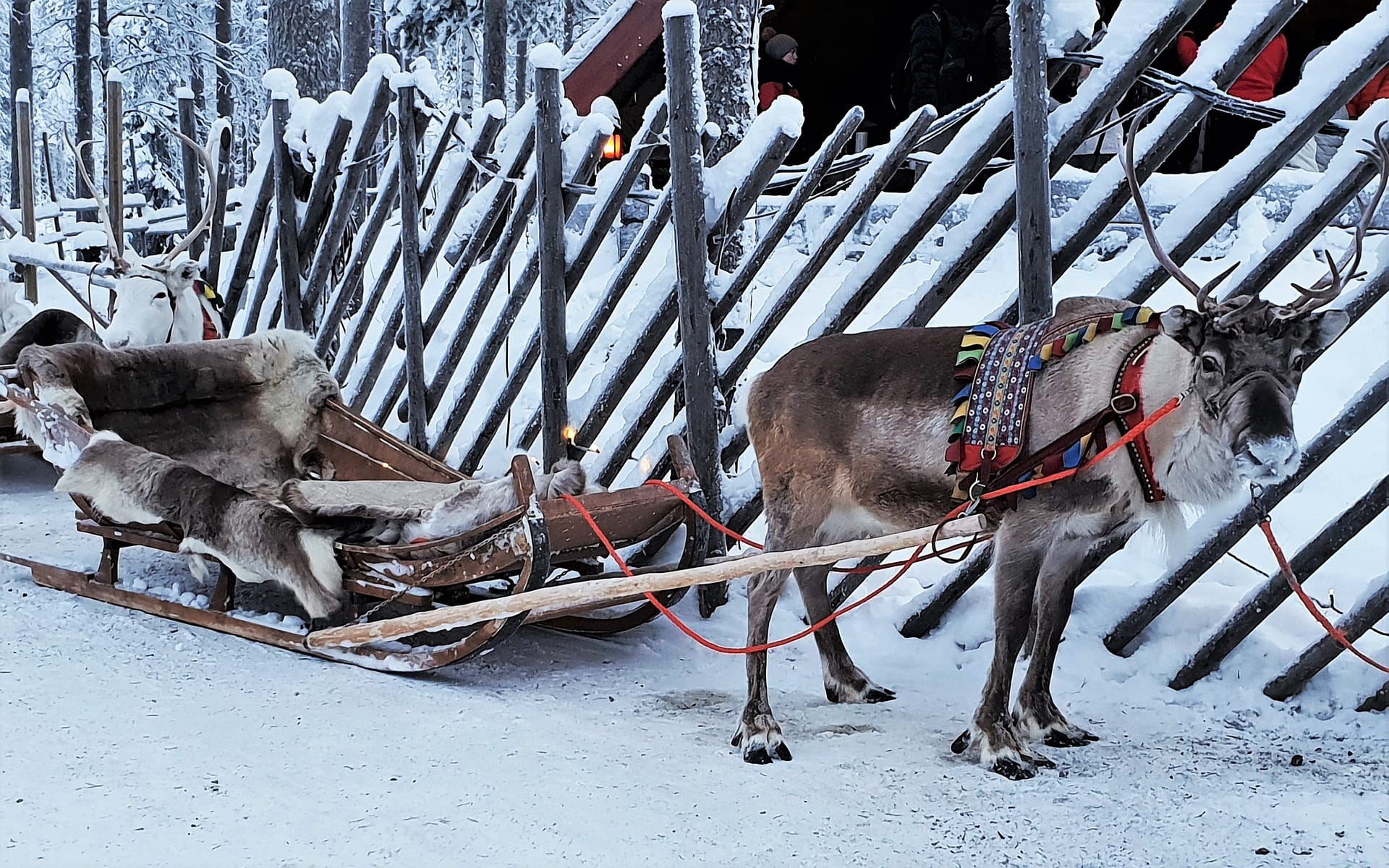
Reindeer are one of the most characteristic and charismatic large animals of the Far North. There are 14 living subspecies in the world, each with their own unique appearances and home ranges, but all are considered a single species, Rangifer tarandus.
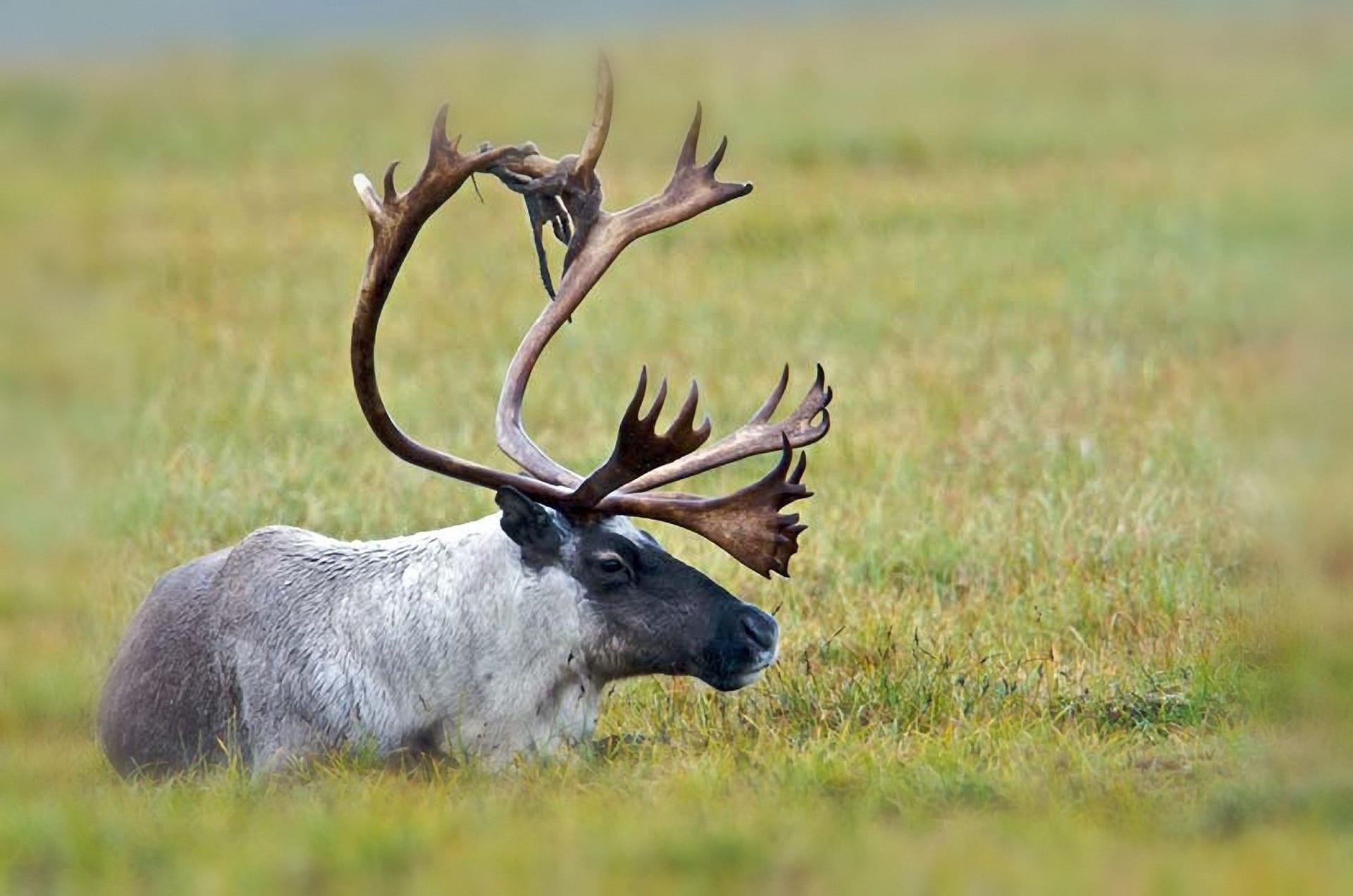
In North America, these large deer are known as "reindeer" if they're domesticated, but "caribou" if they're wild; while in Europe they're all called "reindeer."
Reindeer are best known for migrating in massive herds that flow over open tundra like living rivers as they head north to breed in the summer, and south to take refuge in forested areas in the winter.

Other subspecies, known as woodland caribou, live exclusively in forests, but all wild caribou in the world, no matter where they live, face imminent threats from human activities that disrupt their ancient lifeways and migration paths.
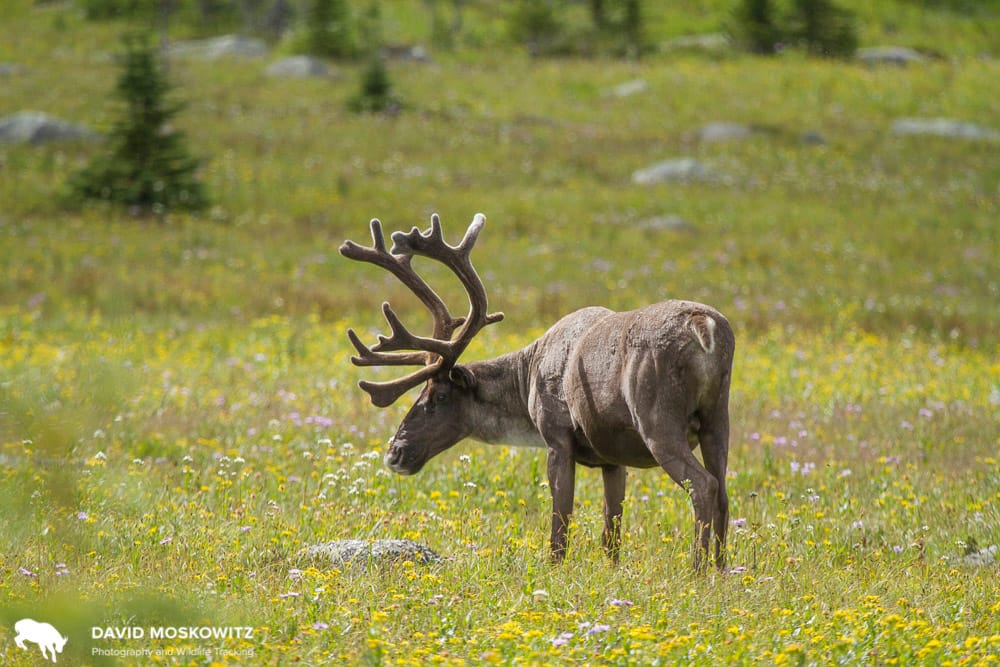

Now, let's turn our attention to the depths of winter (think "Christmas") and how reindeer adapt to this time of year. First, they molt from their summer pelage to a winter coat that appears white due to abundant, hollow, insulating guard hairs. Secondly, their huge hoofs harden and shrink, leaving a projecting horny ridge that gives them a better grip on slippery ice.
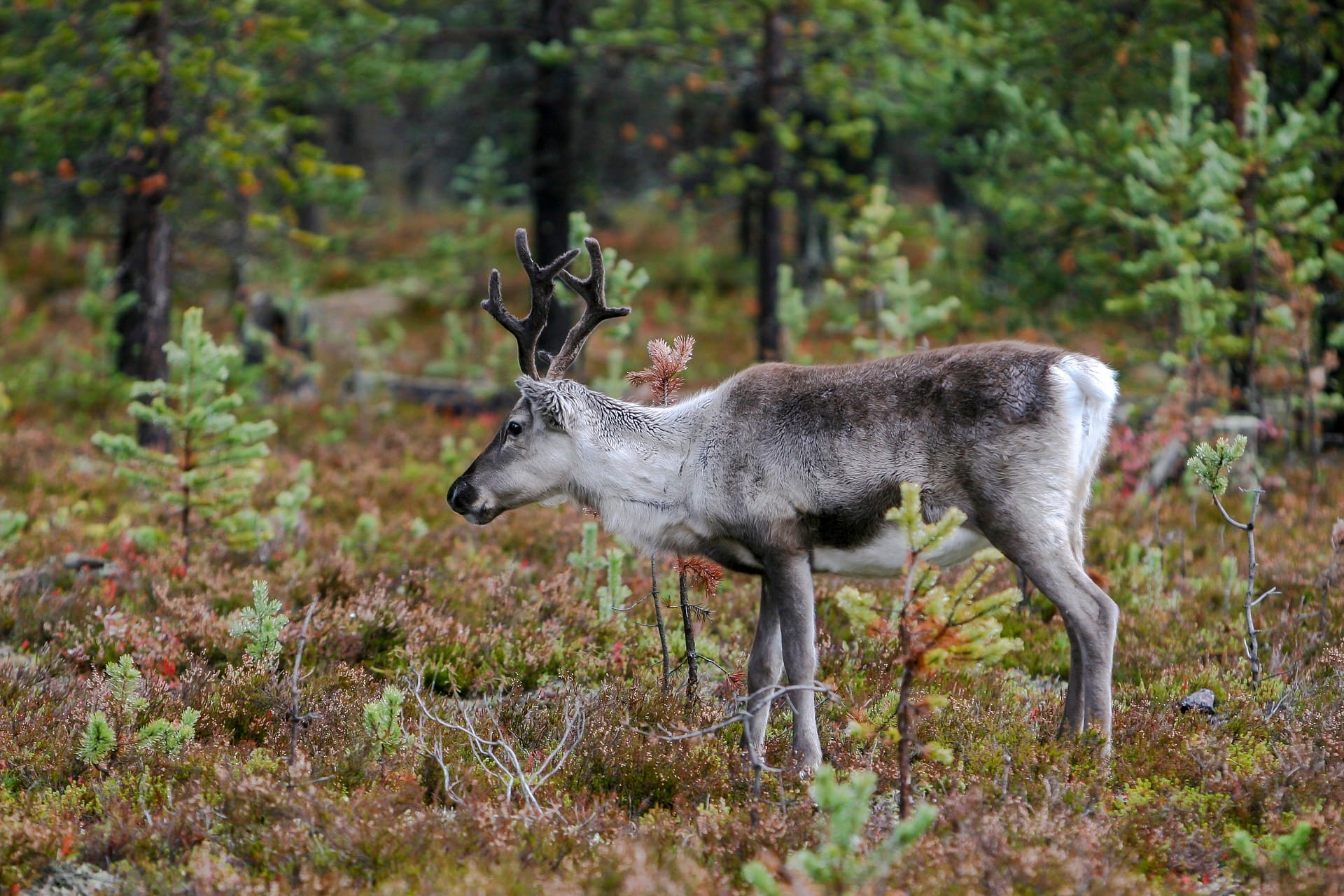
Another fascinating change that mystified scientists until recently is that their eyes turn from gold to blue. This transformation greatly improves their perception of UV light, which matters because reindeer spend dark winter days searching for patches of reindeer moss (the lichen Cladonia rangifera). Because lichen absorbs UV rays, while snow reflects UV rays, lichens show up as patches of black in a sea of white, which helps reindeer find food more quickly.
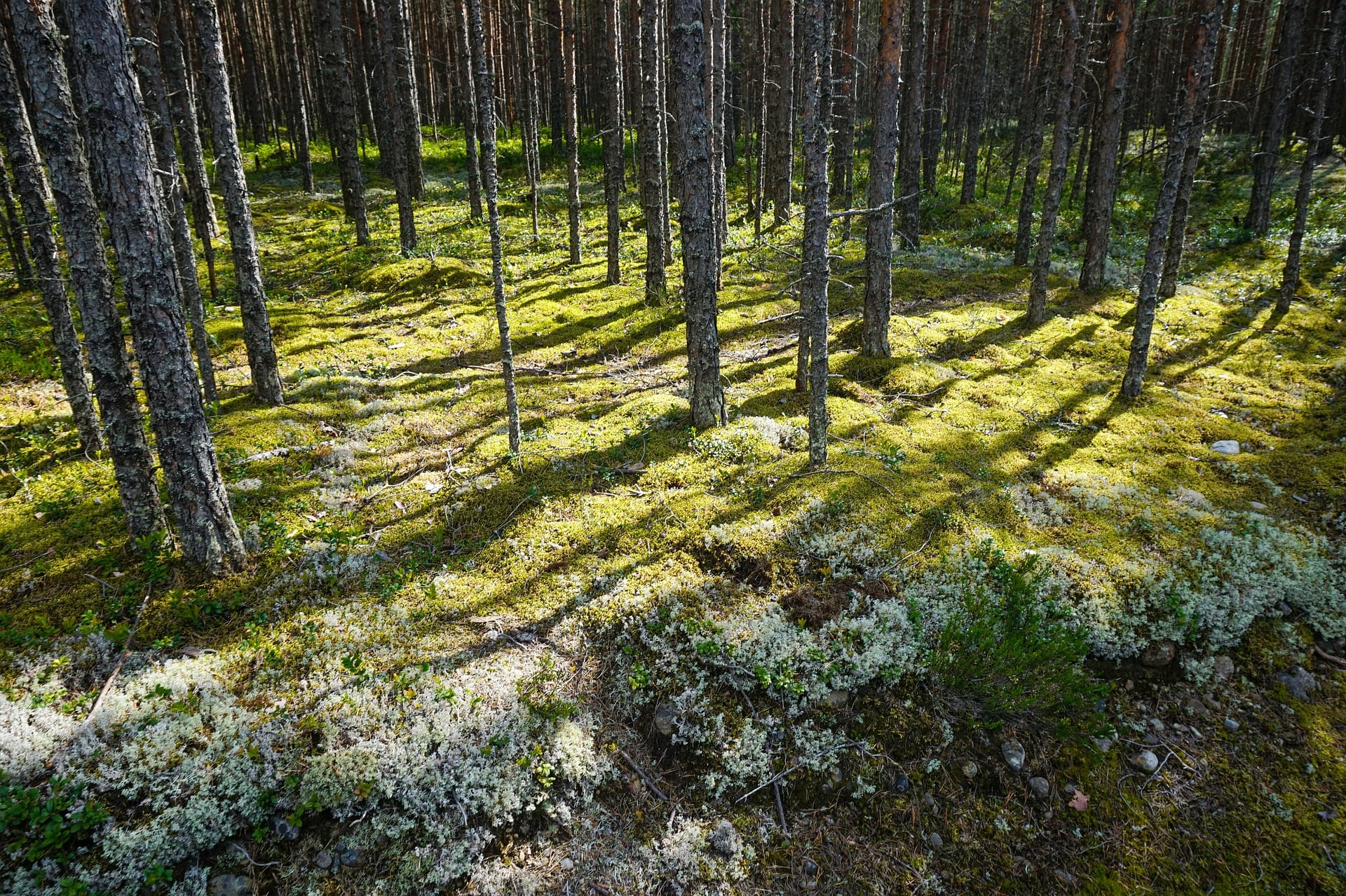
But most people think of reindeer as the animals that haul Santa's sleigh, and this points us towards their antlers because reindeer are unique among deer in both sexes having antlers.
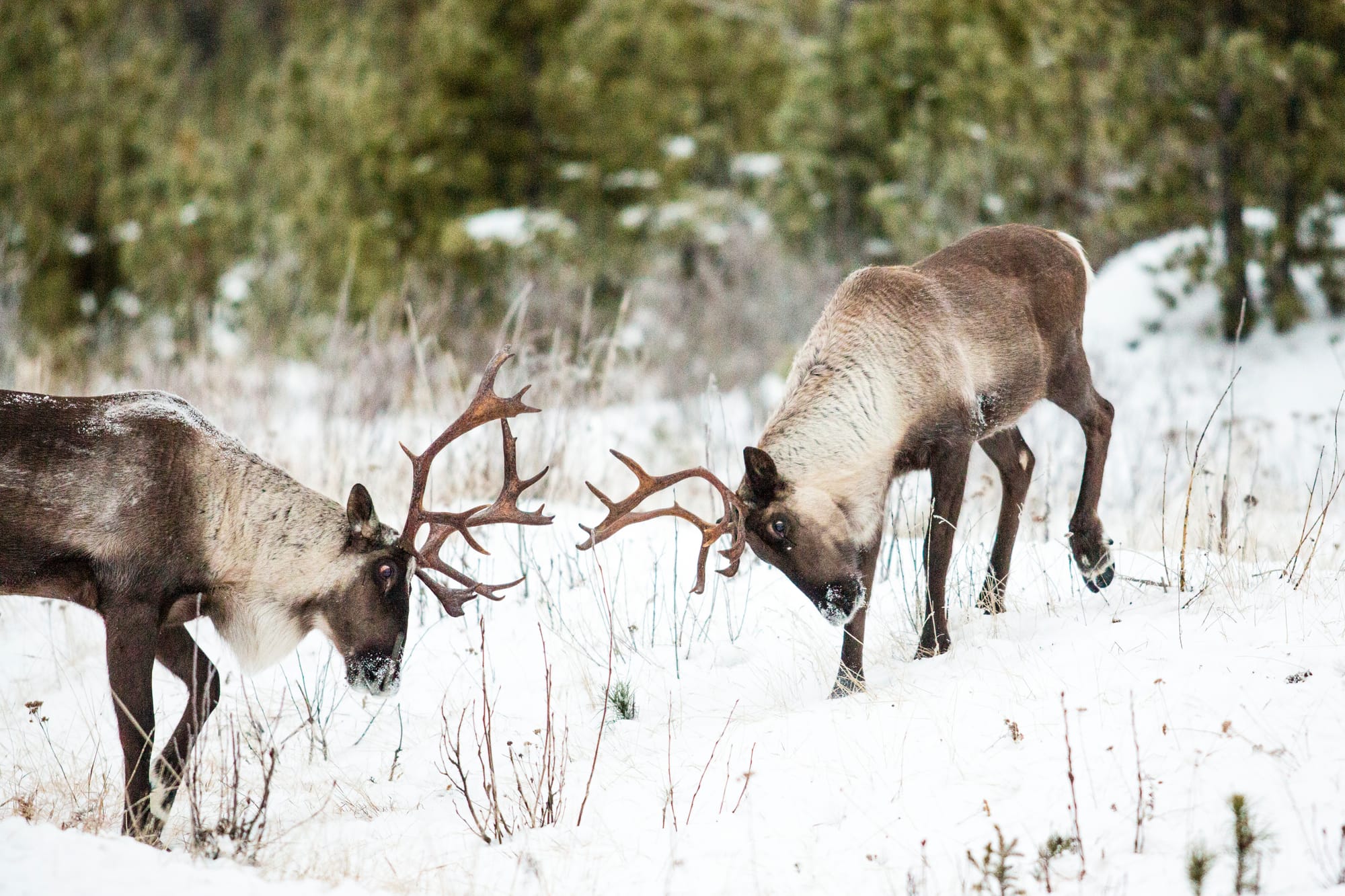
Males needs antlers for the late summer breeding season, but in November and December they drop their antlers, while females keep their antlers, often into the spring calving season.
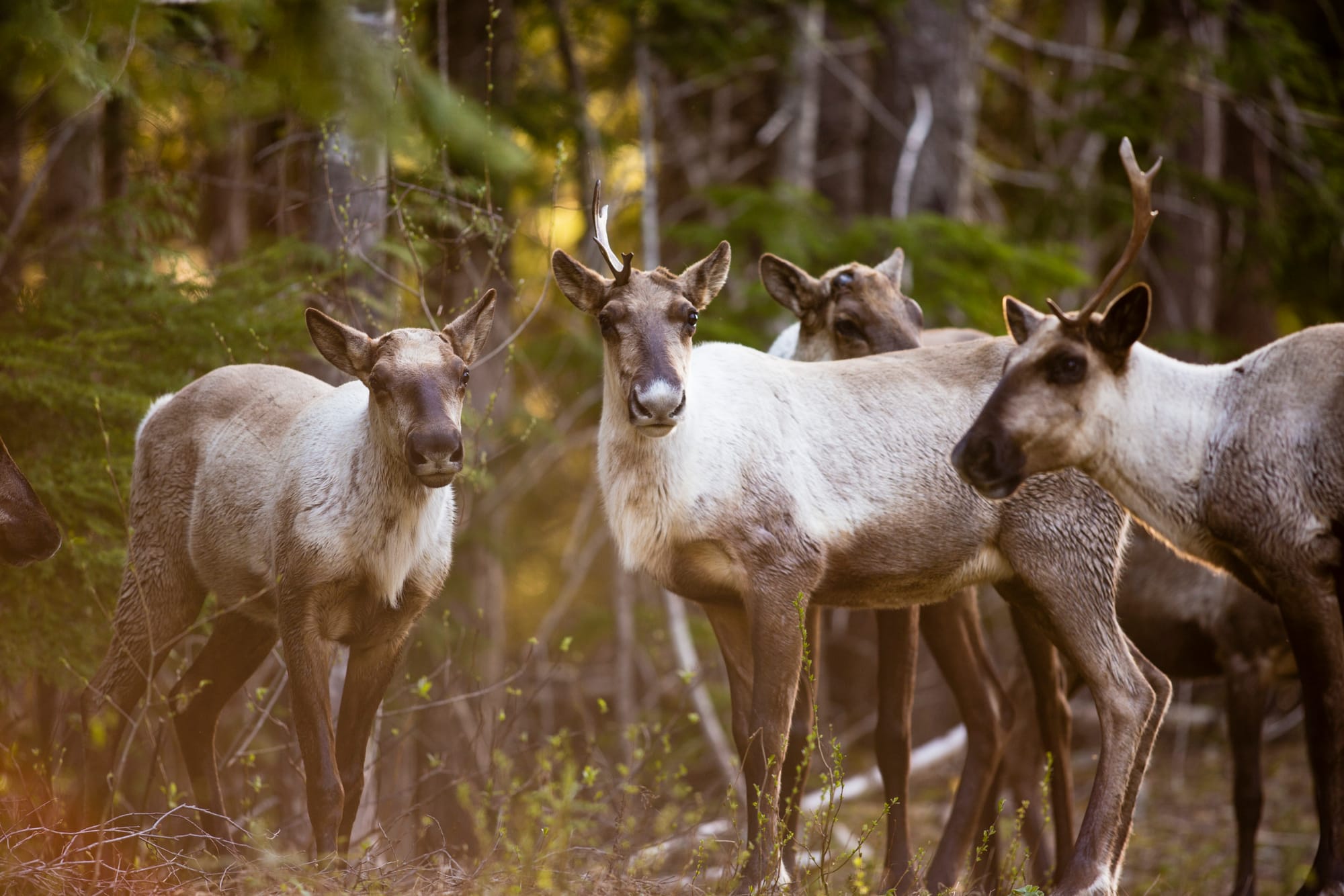
Why is this, and what does it mean for Christmas? Well, the hardest part of winter is pawing through snow and ice to access buried lichens (caribou comes from a Native name xalibu, which means "pawer"). Once you've made this investment of energy you need to defend your patch, and it's believed that females use their antlers to prevent males from pushing them away from their food.
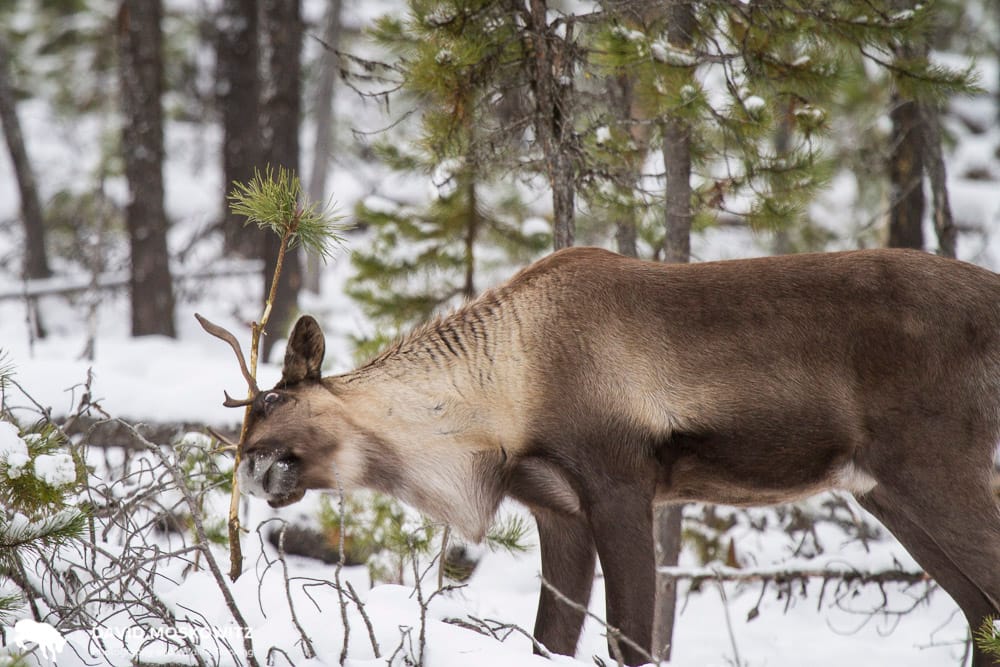
So, the reindeer pulling Santa's sleigh? Based on their antlers and names—Dancer, Prancer, Vixen—probably mostly females!
Member discussion